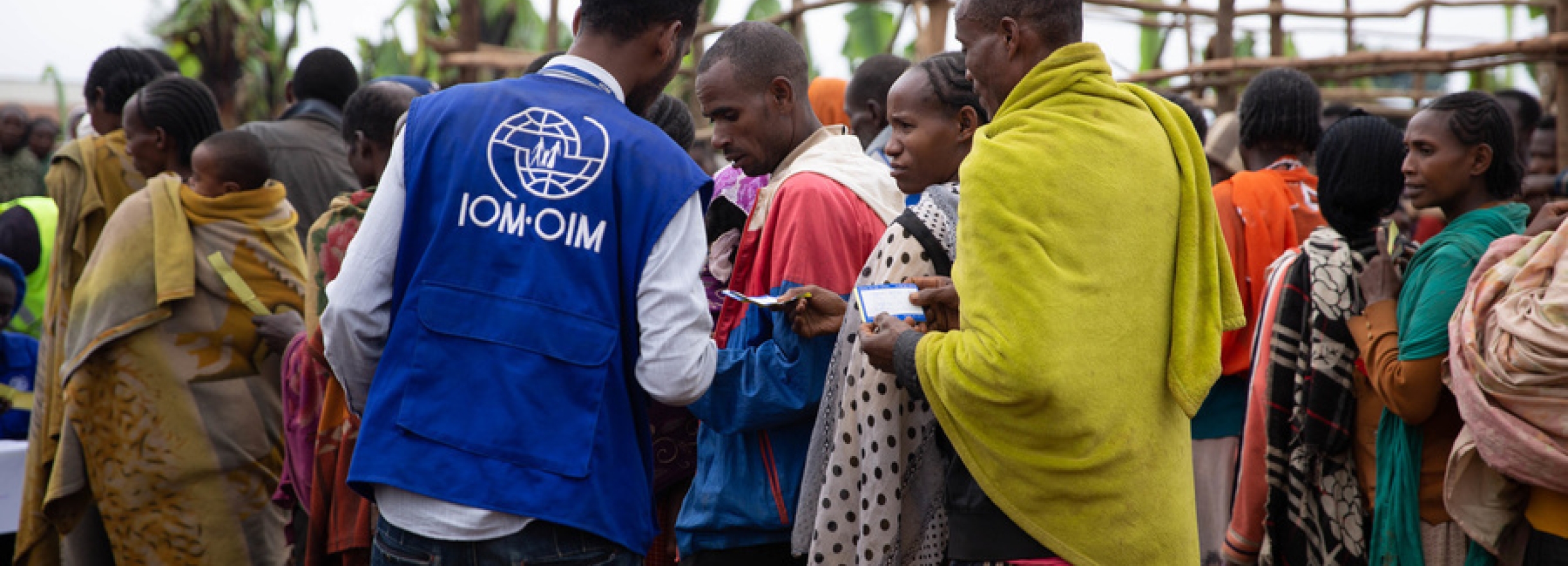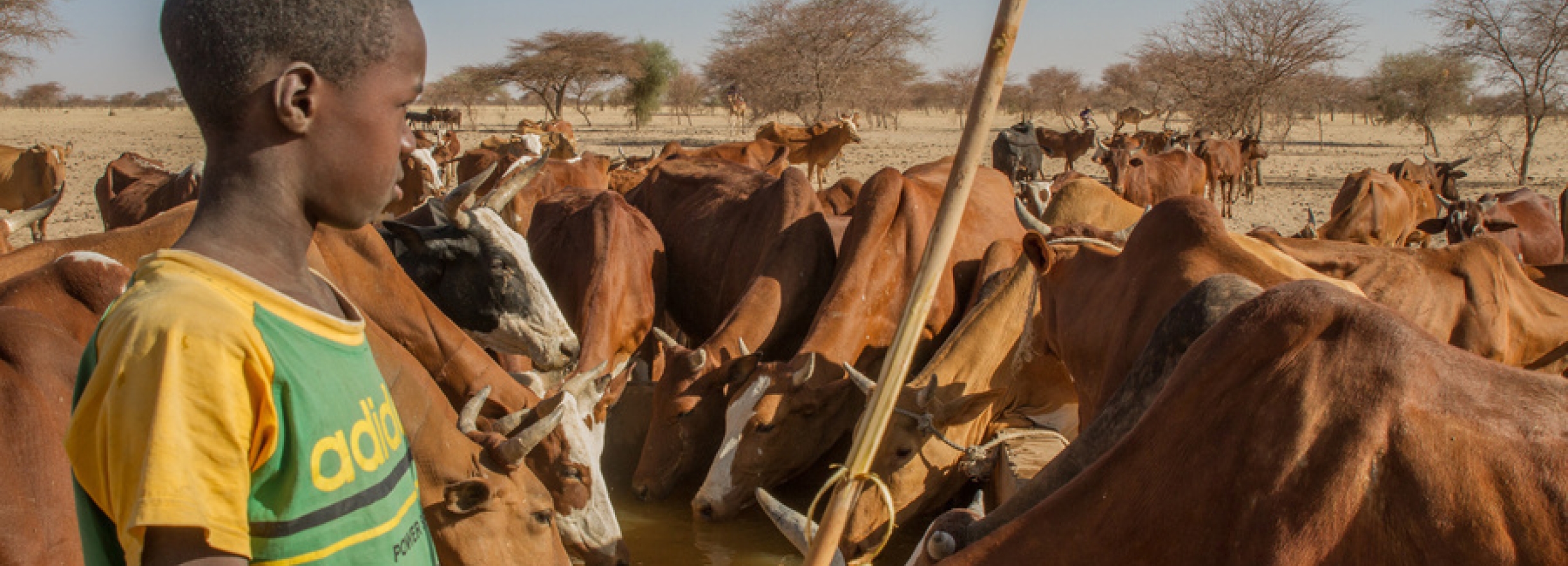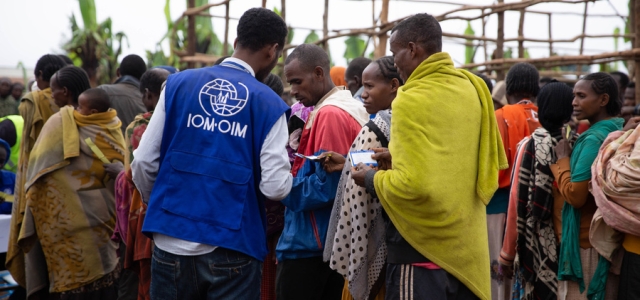
Food Security & Human Mobility
This spotlight section aims to serve as an entry point to understand the complex relationship between migration, displacement and food security, which is often intertwined with other environmental, economic or socio-political forces or instabilities.
While food insecurity has increased worldwide in 2023, displaced populations are often among the most vulnerable to food insecurity and malnutrition related to limited access to employment, livelihoods, food and shelter (Global Network against Food Crises, 2024). In 2023, the number of forcibly displaced people living countries/territories with food crises reached over 90 million (ibid). . By the end of 2023, nearly 64.3 million people were internally displaced in 38 countries and territories identified as having food crises, and about 26 million refugees and asylum seekers were hosted in 56 out of the 59 countries and territories identified as having food crises (ibid).

Both migration and food (in)security are multi-faceted, and migration poses both challenges and opportunities relevant to food security. They are both heavily influenced by negative factors such as conflict, climate change, natural hazards and disasters and poverty. In a positive way, the food industry relies upon migrants and migrants contribute to global food security through agricultural labour, while remittances can improve migrants' families access to food and increase development opportunities.
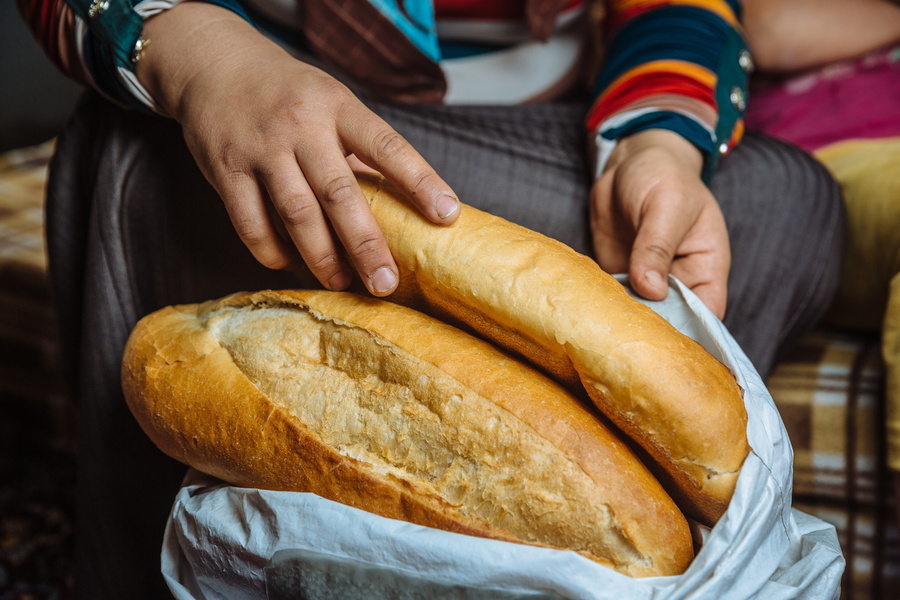


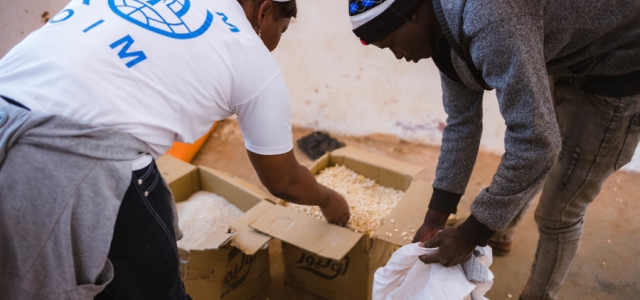
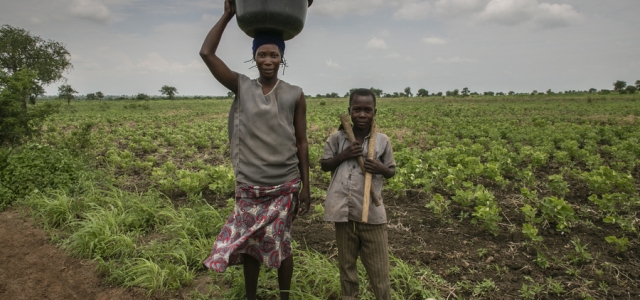

Mobility restrictions, for example those caused by the Covid-19 pandemic, can reduce remittances flows if seasonal and migrant workers are unable to travel, which has a knock-on effect on origin households and regions.
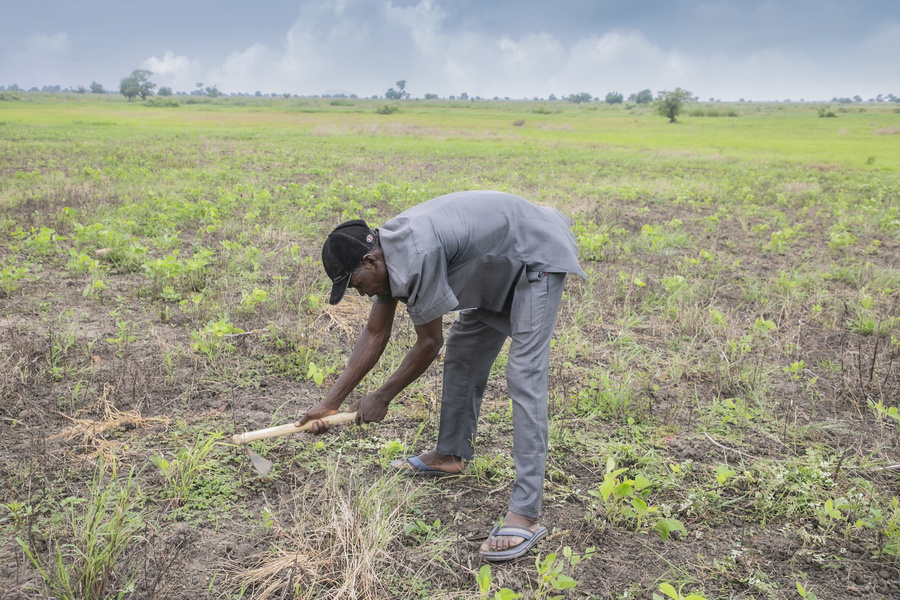
Disclaimer: This webpage curates public information and data. The opinions expressed in this webpage are those of the authors and do not necessarily reflect the views of the International Organization for Migration (IOM), nor its Member States and other stakeholders. The designations employed and the presentation of material throughout the webpage do not imply expression of any opinion or endorsement whatsoever on the part of IOM, its Member States and other stakeholders concerning the legal status of any country, territory, city or area, or of its authorities, or concerning its frontiers or boundaries. While the portal section "Food security" has been made possible with funding from the German Federal Foreign Office and the Federal Department of Foreign Affairs (FDFA) Switzerland, the contents on this section do not necessarily reflect their official policy or position.


